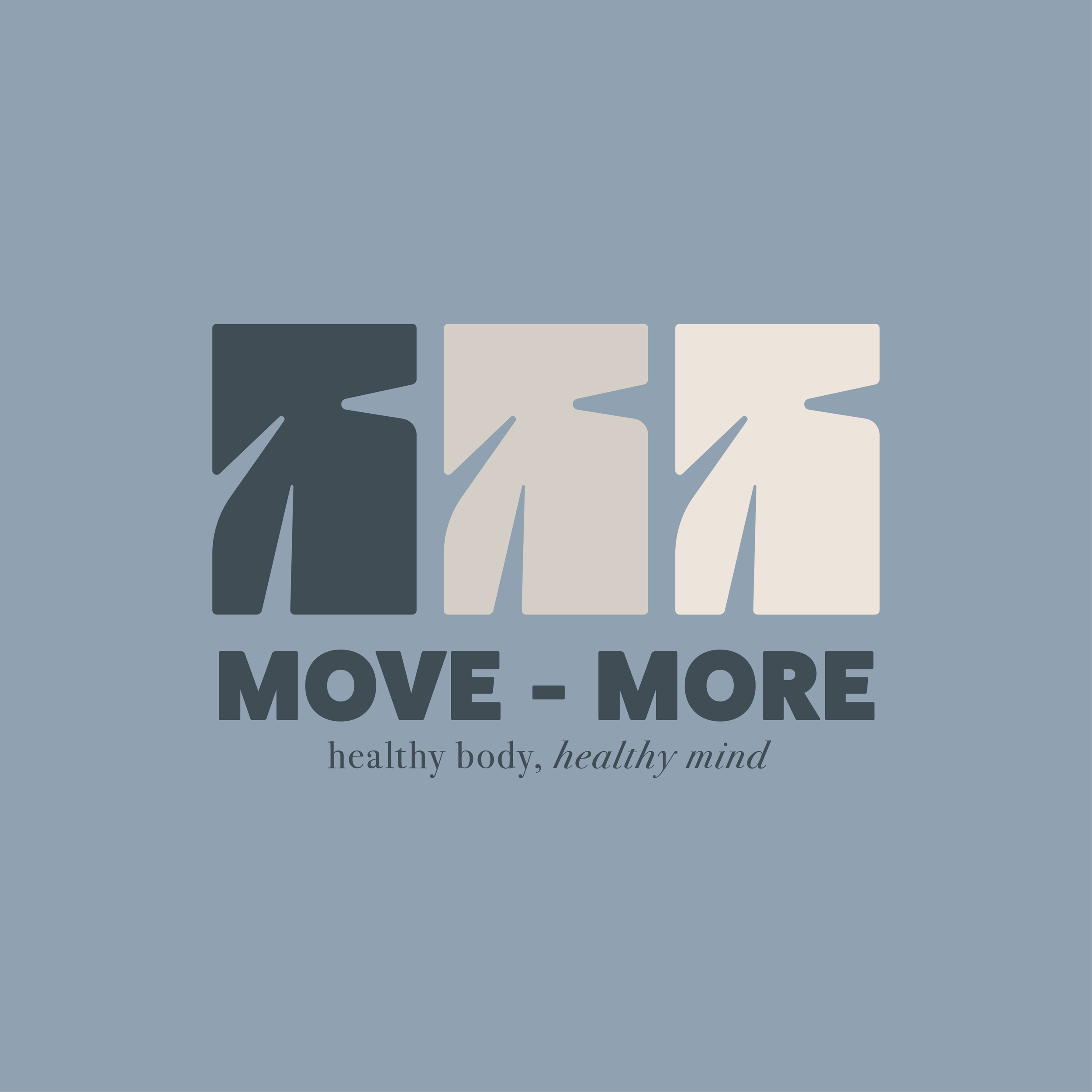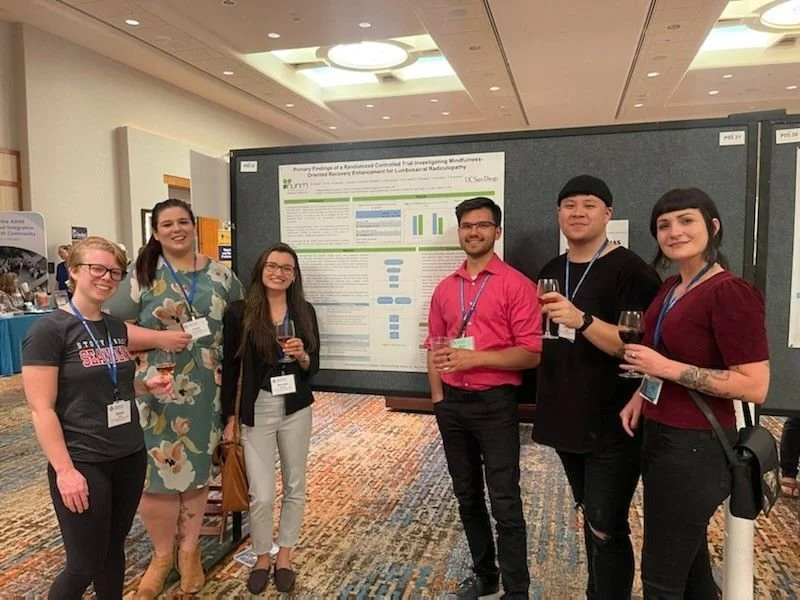Ongoing Projects
A Multicomponent Intervention for Patients with Lumbosacral Radiculopathy: Move-MORE
The Move-MORE study is designed to evaluate a multicomponent mindfulness and movement program for patients with lumbosacral radiculopathy. The program brings together mindfulness training to help participants develop awareness of their body and manage pain-related stress, gentle movement practice to improve comfort with physical activity and support function, and motivational interviewing to strengthen motivation, confidence, and the ability to make healthy changes.
The main objectives are to determine whether it is feasible for participants to use each component of the program when delivered online, to assess how acceptable and engaging each component is, and to evaluate the impact on pain, physical function, and daily activity levels. The study intervention will be conducted entirely remotely. Participants will complete online surveys, brief daily check-ins on their phone, and wear a small activity monitor on the hip to measure movement. They will also undergo quantitative sensory testing to evaluate pain sensitivity. At the end of the program, participants will share feedback about their experiences via qualitative interviews.
The findings will help identify which parts of the program provide the greatest benefit, with the ultimate goal of developing a more targeted and effective digital program for people with this condition.
Quantifying Stages of Contemplative Transformation: Understanding Mindfulness-Based Pain Management with Machine Learning
This project aims to understand how mindfulness and contemplative practices can transform the way people experience pain and suffering. Our team has identified a process in which individuals move from being hyper-focused on pain, to learning how to direct their attention differently, to observing thoughts and feelings with greater perspective, and ultimately to reinterpreting pain in ways that lessen its impact. We are calling this the Vigilance–Avoidance–Metacognition–Reappraisal (VA-MR) model, and it reflects how mindfulness can shift people’s relationship with difficult experiences.
Studying these changes is often time-intensive, requiring many hours of manual analysis. The Varela Project addresses this challenge by combining contemplative science with advanced machine learning. By teaching computers to recognize the stages of transformation in people’s own words during mindfulness sessions, we can study these processes on a much larger scale and across different clinical trials. This work will not only deepen scientific understanding of how mindfulness helps reduce suffering, but will also provide tools that researchers and clinicians around the world can use to improve mindfulness-based programs.
Completed Projects
Virtually delivered Mindfulness-Oriented Recovery Enhancement (MORE) reduces daily pain intensity in patients with lumbosacral radiculopathy: a randomized controlled trial
Lumbosacral radiculopathy, often called sciatica, is a painful condition where nerve irritation in the lower back causes radiating pain, numbness, or tingling in the legs. Many people live with persistent symptoms, and current treatments do not always provide enough relief.
This study tested whether an online mindfulness program, Mindfulness-Oriented Recovery Enhancement (MORE), could help reduce pain for people with sciatica. Participants were randomly assigned to either continue with their usual care or take part in eight weeks of the virtual mindfulness program. We measured daily pain intensity as well as quality of life, mood, and coping skills.
The results showed that people in the mindfulness program experienced significantly lower daily pain compared to those receiving usual care. They also reported improvements in mindfulness skills and in their ability to reinterpret pain in more helpful ways. However, the program did not significantly improve disability, mood, or quality of life measures during the study period.
These findings suggest that online mindfulness programs like MORE can reduce pain intensity in people with sciatica and may support new ways of coping with chronic symptoms. Further research will explore how these approaches might improve long-term function and well-being.


